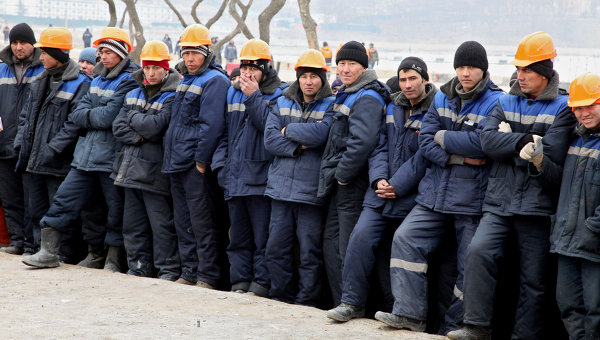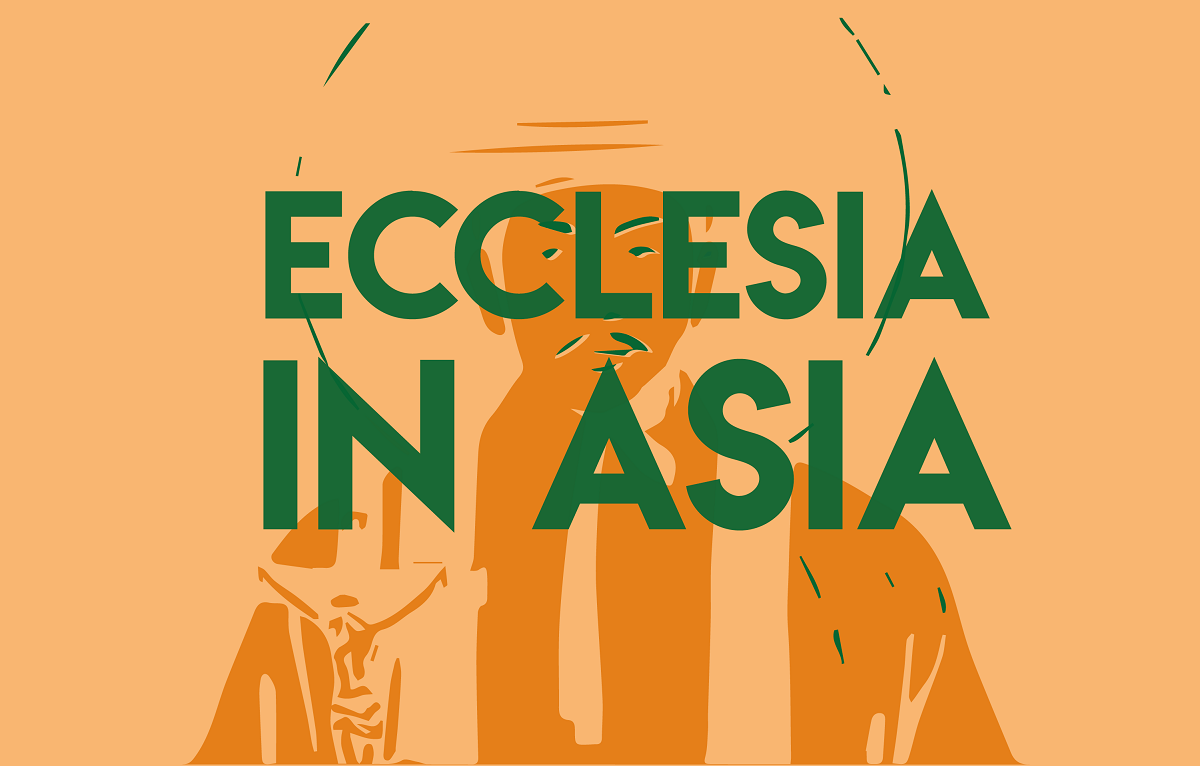The future of migration from Tajikistan
According to an analysis by the Eurasian Development Bank, it will take another thirty years for the poorest of the Central Asian countries to stop the exodus of its young people in search of work. But even in Dushanbe, demographic changes and xenophobic tensions in Russia are beginning to slow down the phenomenon, with changes that could begin to be seen within a decade.
Dushanbe (AsiaNews) - According to forecasts by the Eurasian Development Bank (EDB), the end of the era of labour migration for Tajik citizens should come in about thirty years, and the first signs of a reduction in the phenomenon could be seen within a decade.
In their September macroeconomic report, the authors believe that the intensity of migration will depend on the convergence of Tajik demographic parameters and wages with those of Russians, the main benchmark and reference point.
Along with Tajikistan, the other Central Asian and Caucasian states, which are the main exporters of labour to Russia, will also gradually reduce the wage gap with Russians, as can already be seen from data for the last 4-5 years.
Experts believe that the difference will not be completely eliminated, but it is set to decrease more and more over the years, which will also reduce the need to maintain current levels of labour migration in these regions where the Edb bank is present.
The demographic factor will also have a significant impact, as migration requires large groups of young people who are ready to seek work abroad. The flow of young Central Asian workers has been crucial for Russia in the thirty years since the collapse of the Soviet Union, given the significant demographic decline, especially in Siberia.
In recent decades, the birth rate in Tajikistan, Kyrgyzstan and Uzbekistan has far exceeded not only that of Russia, but also the global average. Yet analysts predict changes in this area too, with a gradual decline in birth rates towards the rates of more economically developed countries.
According to the Edb report, the number of new births in Tajikistan is slowly declining by 1-2 per thousand, bearing in mind that labour migration is mainly motivated by the need to support large families by sending money earned in Russia or other countries.
In 2024, “labour wages” and “money transfers from individuals” accounted for almost half (47%) of Tajikistan's entire gross domestic product, one of the highest percentages in this field worldwide.
Tajikistan is the poorest of the five Central Asian countries, and one of the poorest in the world, and has been unable to offer decent jobs to its citizens since independence. The recent anti-migrant tensions developing in Russia are targeting Tajiks in particular, especially after the attack on Krokus City Hall in March 2024, and one of the consequences of this phenomenon is the stimulus to modernise and make production, agricultural and commercial processes within the country more efficient, together with the search for more willing partners, starting with China.
The paradox is that Russian xenophobia may work to the advantage of foreigners such as the Tajiks, who are forced to take their need for progress and the pursuit of the well-being of the population more seriously.
11/08/2017 20:05
02/06/2022 09:00
30/07/2025 09:05
16/07/2025 09:42
05/07/2024 11:06







.png)










